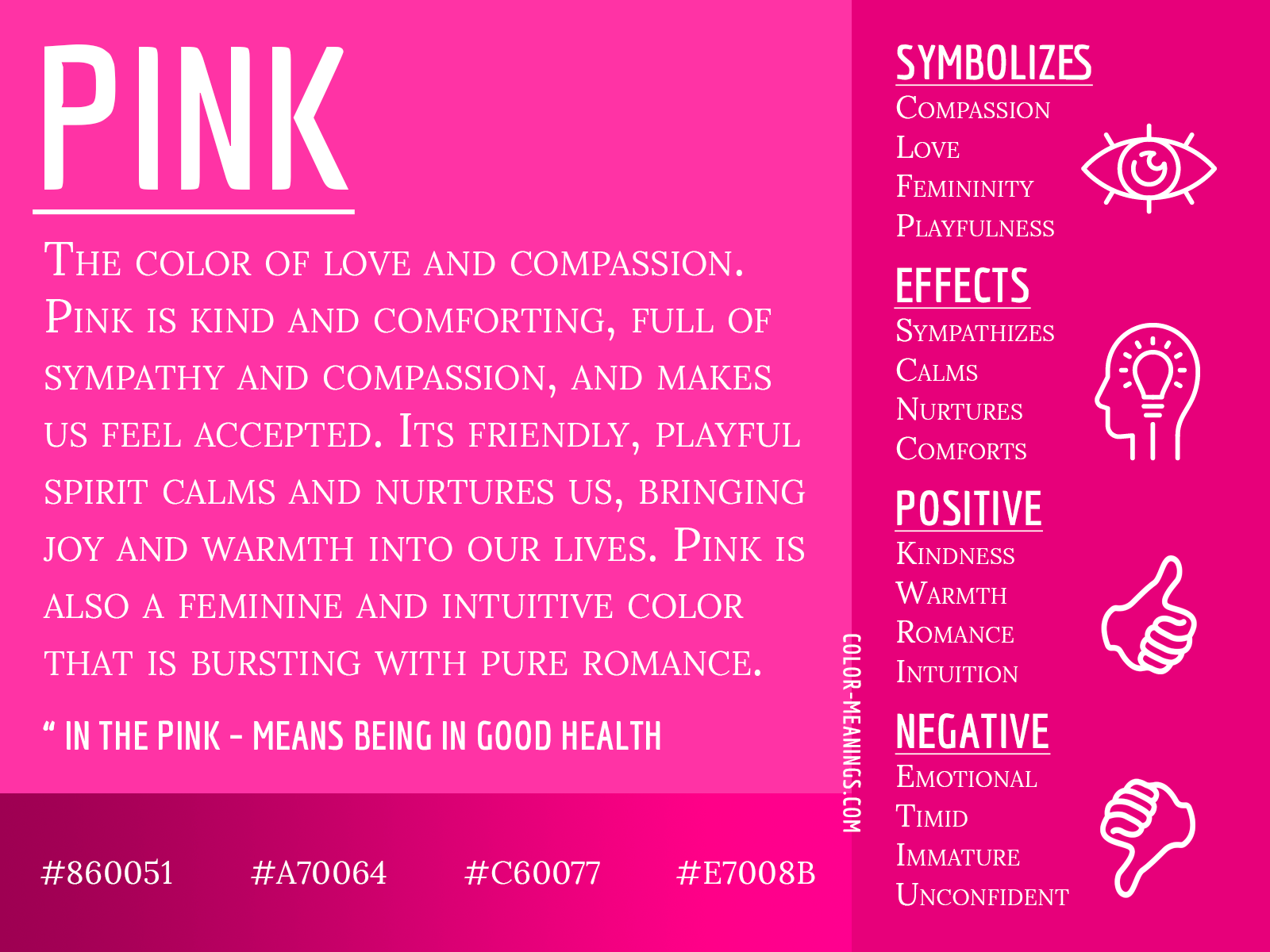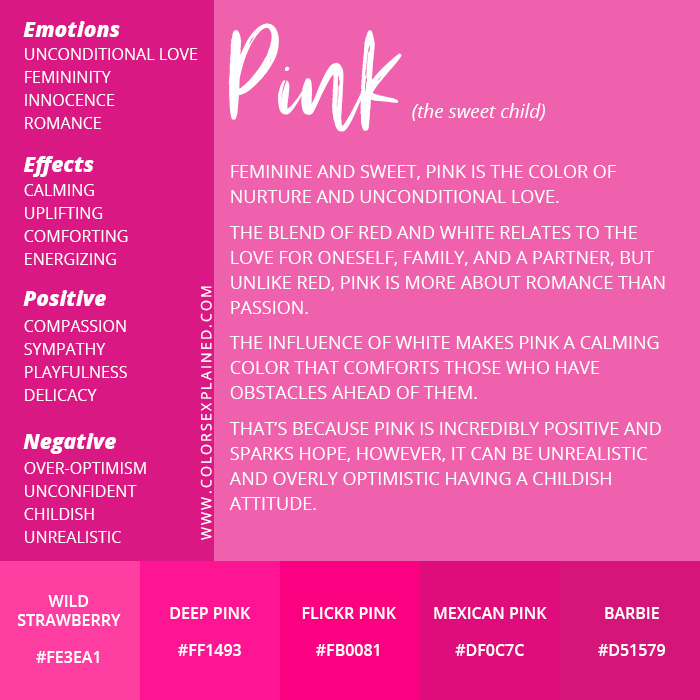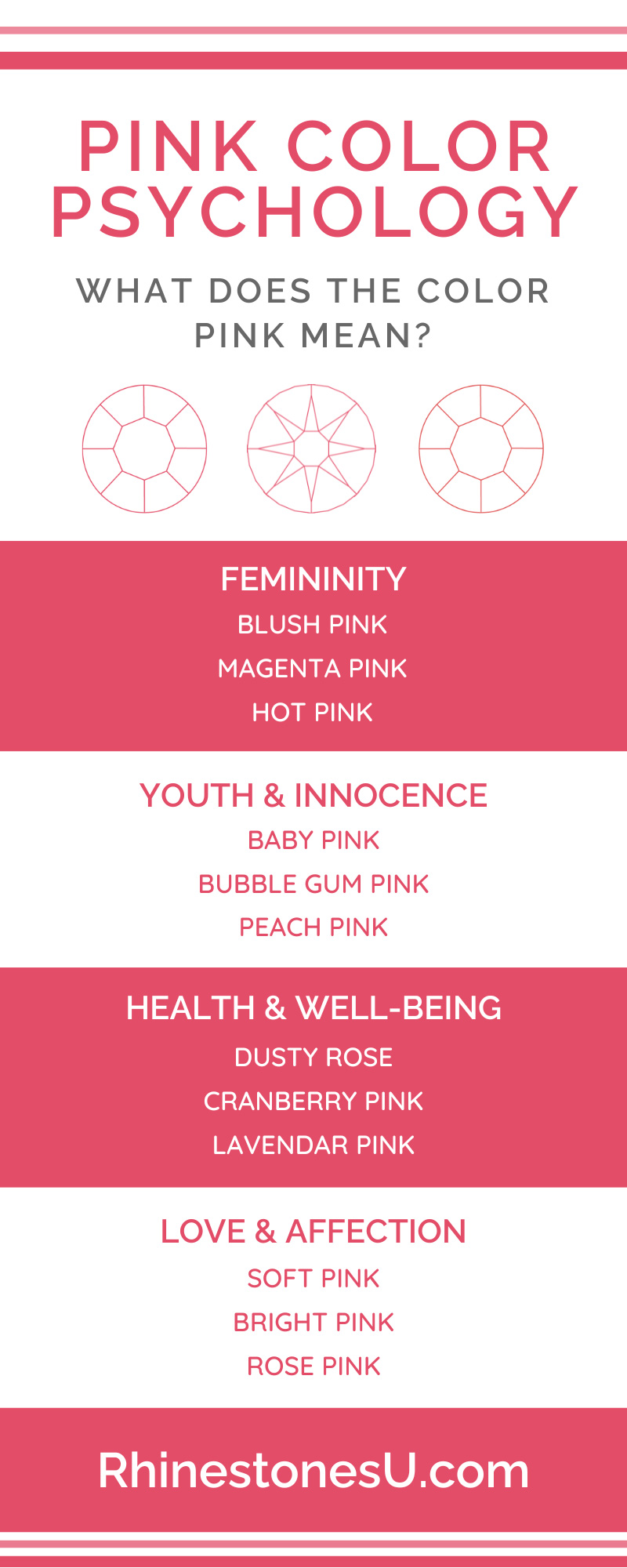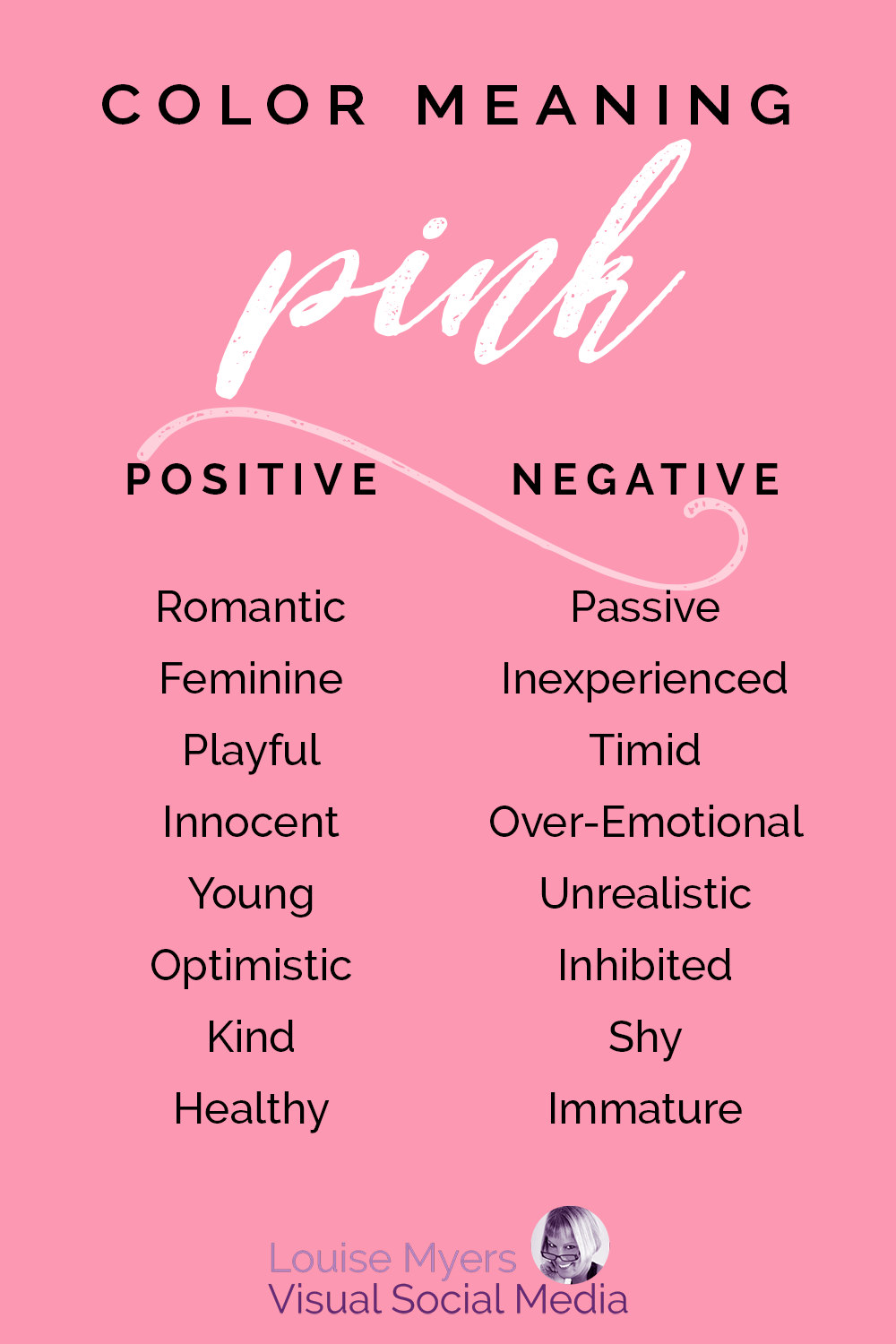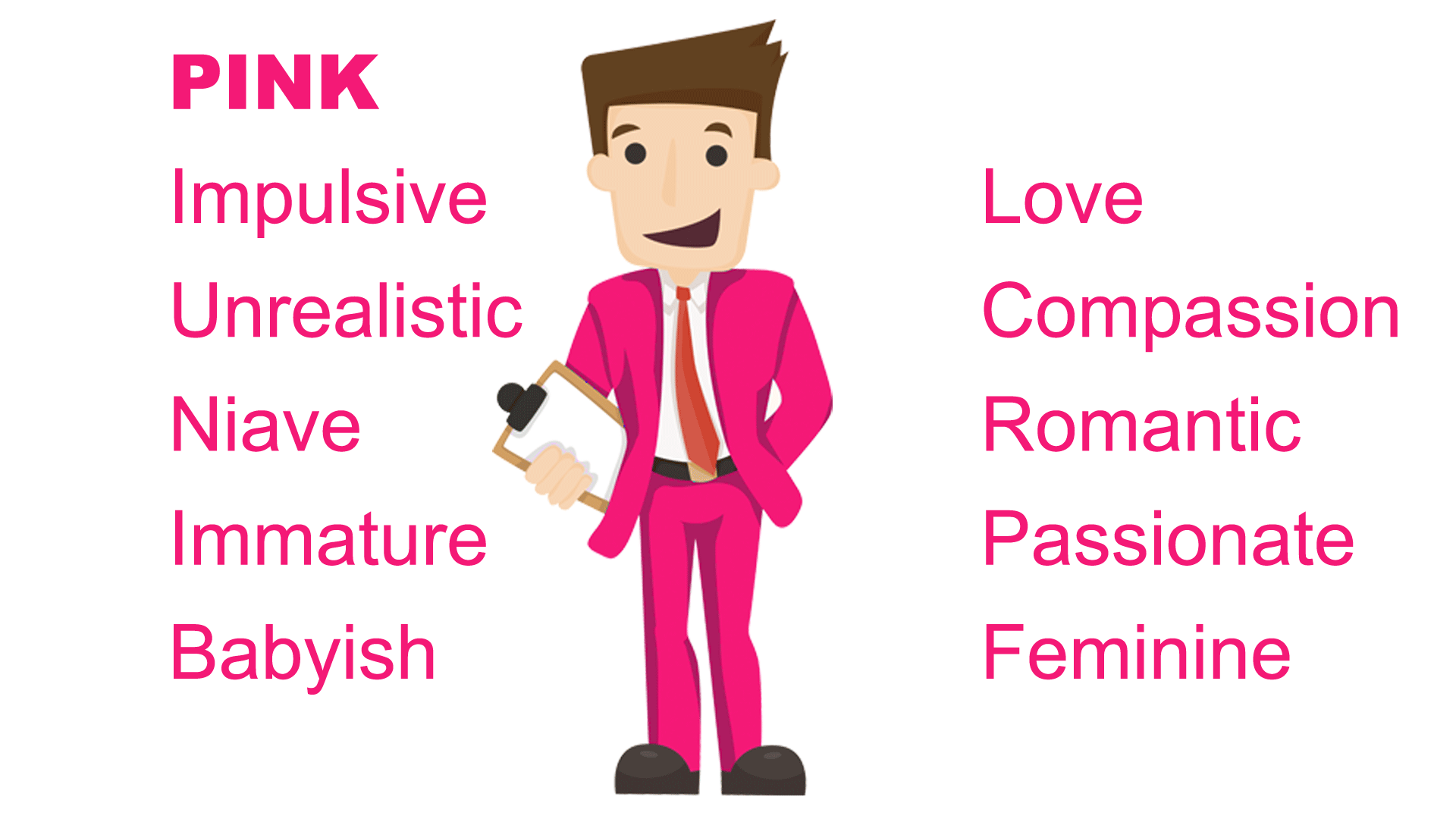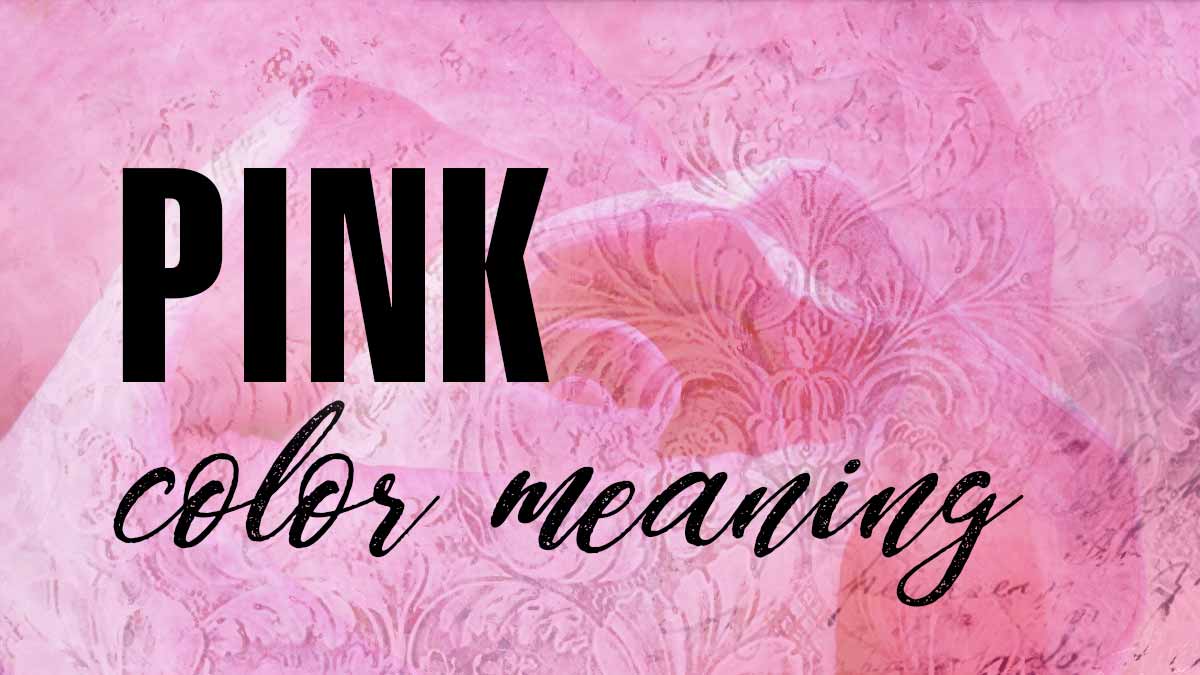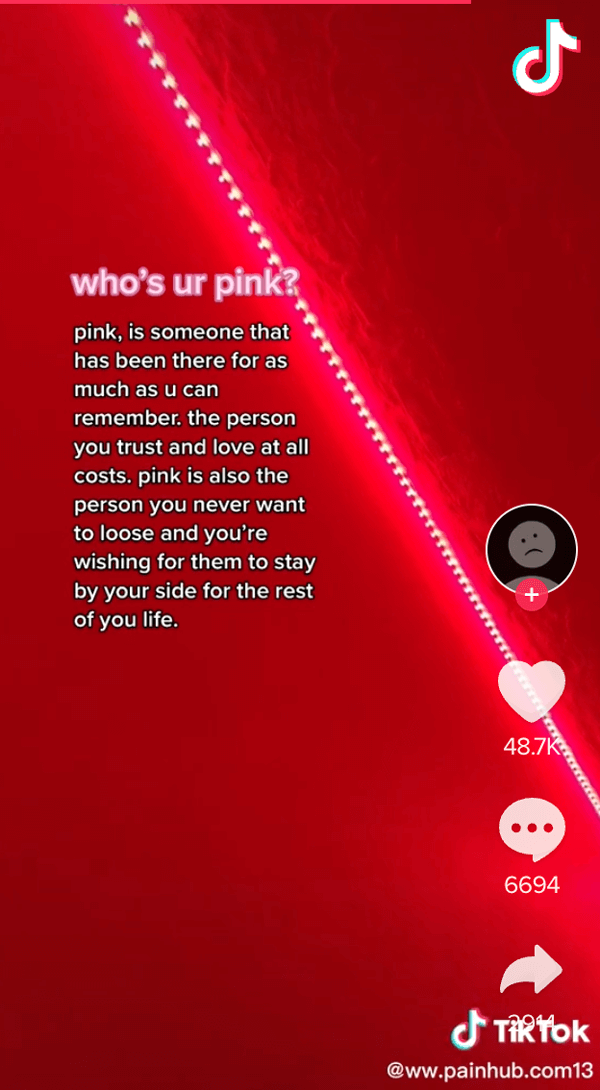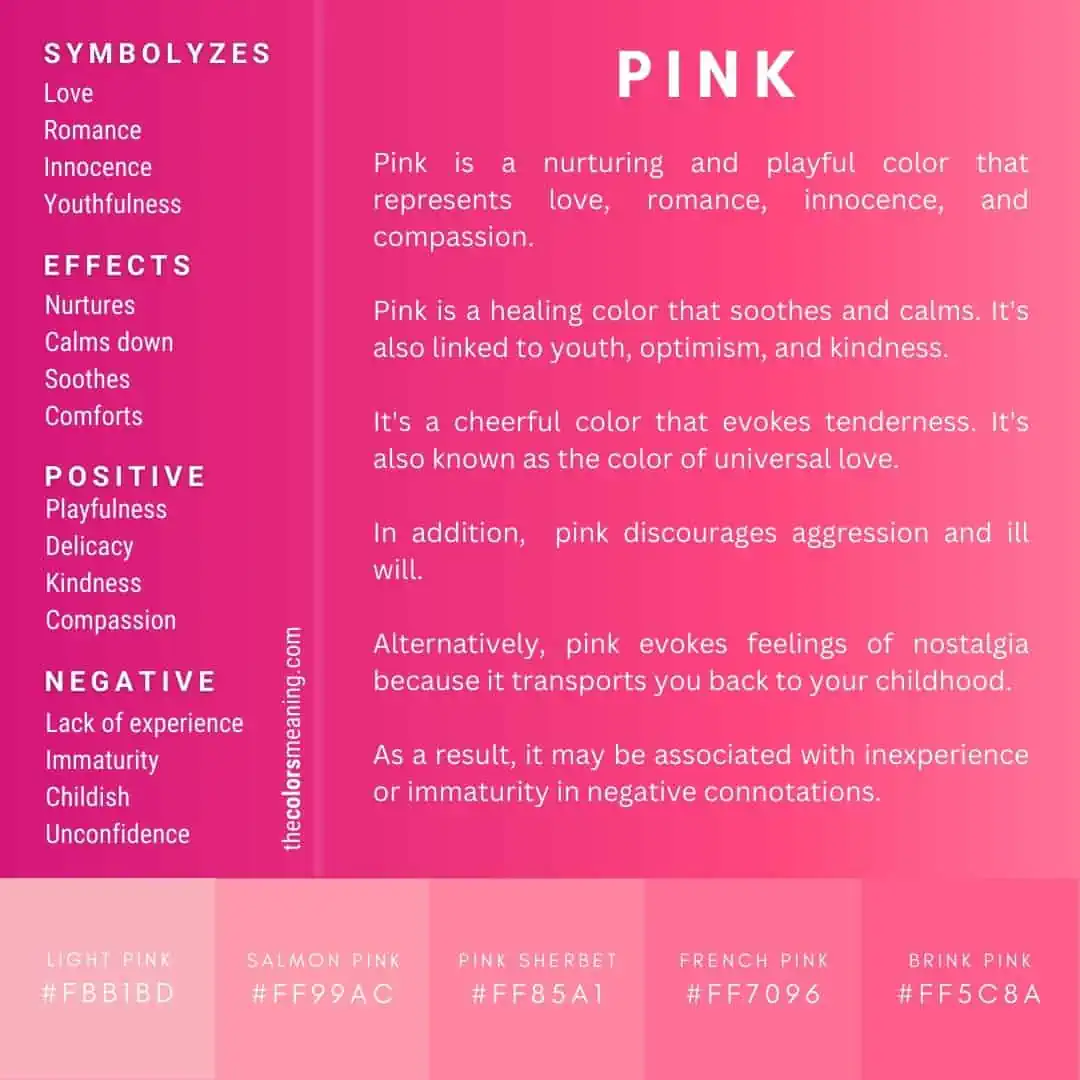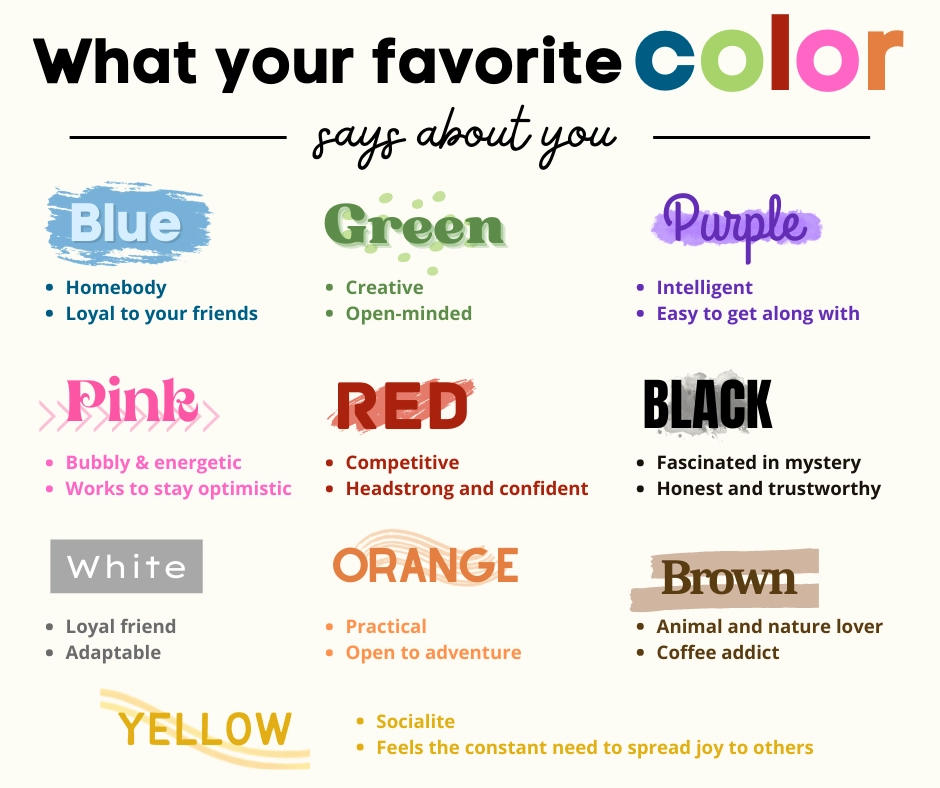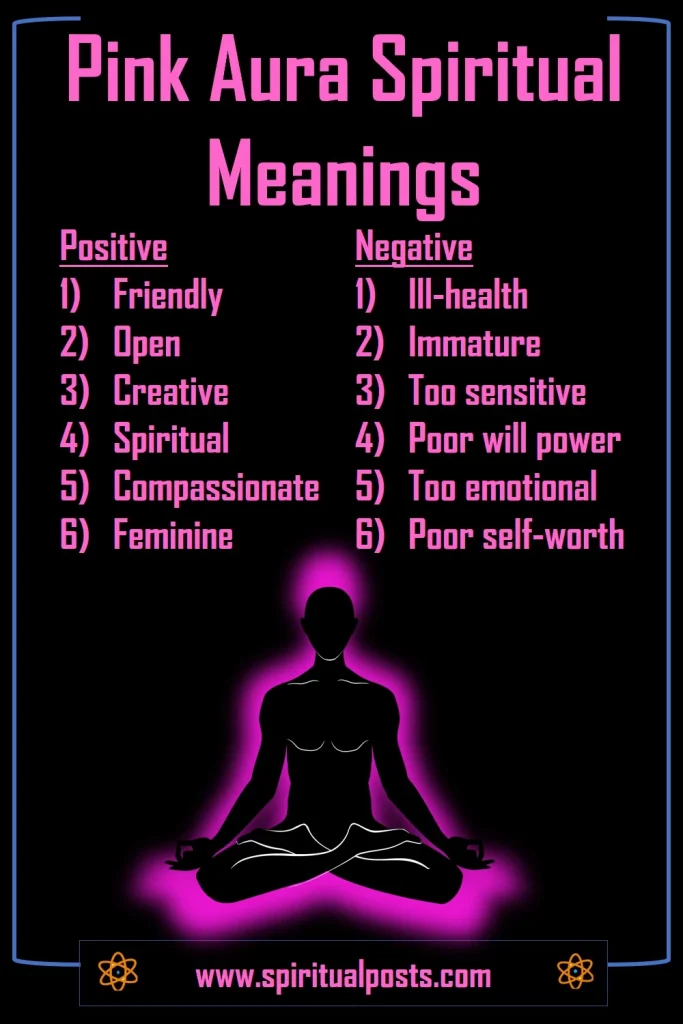What Does It Mean When They Say Is It Pink
The aroma of freshly baked bread mingled with the sweet scent of sugar cookies filled the air of Mrs. Gable's kindergarten classroom. Tiny hands, adorned with glitter glue and smudges of paint, reached for the oversized coloring books. A hush fell as Mrs. Gable, her smile as warm as the oven, held up a vibrant pink construction paper. "Is it pink?" she asked, her voice gentle and inviting, a question that, to a child, seemed deceptively simple.
But "Is it pink?" isn't just a question about color; it's a gateway into understanding identity, acceptance, and the fluid nature of societal expectations. This seemingly simple phrase, especially when uttered in the context of childhood development, sparks crucial conversations about gender, societal norms, and the freedom to express oneself authentically, regardless of preconceived notions.
The Historical Context of Pink and Gender
The association of pink with femininity is surprisingly recent. For centuries, color was more about practicality than gender. Blue, often associated with the Virgin Mary, was considered delicate and refined, even worn by boys.
Pink, being a diluted form of red, was actually considered a strong, bold color, often associated with masculinity. It wasn't until the mid-20th century, largely fueled by marketing campaigns, that pink began its exclusive journey into the realm of "girlhood."
This shift was a strategic move by retailers to create gender-specific products, thus doubling their potential market. Companies like Mattel, with the introduction of Barbie in 1959, solidified pink's place as the color synonymous with girls and femininity.
The Impact on Children's Development
Early exposure to gendered color coding can have a significant impact on a child's development. It can unconsciously shape their self-perception, limit their exploration of interests, and reinforce stereotypes.
Studies have shown that children as young as two can associate colors with gender. This can lead to boys avoiding "girly" colors and activities, fearing ridicule or social ostracism. Girls, on the other hand, might feel pressured to conform to pink-infused expectations of gentleness and passivity.
According to the American Psychological Association, gender stereotypes can limit children's cognitive and social development. They can discourage girls from pursuing STEM fields and boys from expressing emotions openly.
Challenging the Pink Paradigm
Thankfully, there's a growing movement to challenge these deeply ingrained societal norms. Parents, educators, and activists are actively working to create a more inclusive and accepting environment for children.
This includes encouraging children to explore a wide range of colors, regardless of gender associations. It also involves promoting open conversations about gender identity and challenging limiting stereotypes.
Organizations like Let Toys Be Toys campaign against gendered marketing of toys. They advocate for toys to be seen as tools for creativity and learning, not as instruments for reinforcing gender roles.
"Is It Pink?" and Self-Expression
So, what happens when a child asks, "Is it pink?" It's an opportunity to guide them towards critical thinking. Encourage them to consider why it matters if something is pink.
Instead of simply confirming or denying the color, ask questions like, "Do you like pink?" or "Does it matter if it's pink?" This empowers children to form their own opinions and challenges the automatic association of pink with a specific gender.
It's about creating a space where children feel safe to explore their preferences without fear of judgment. Where a boy can confidently wear a pink shirt because he likes the color, and a girl can prefer blue without feeling like she's defying expectations.
Beyond the Binary
The conversation surrounding "Is it pink?" also extends to broader discussions about gender identity. Recognizing that gender exists on a spectrum is crucial for fostering inclusivity and understanding.
Supporting children who identify as transgender or non-binary is paramount. It's about creating a safe and affirming environment where they can express their authentic selves without facing discrimination or prejudice.
According to The Trevor Project, LGBTQ youth are at a significantly higher risk of suicide than their heterosexual and cisgender peers. Creating supportive and affirming environments is crucial for their well-being.
Moving Forward: A Colorful Future
The seemingly simple question "Is it pink?" holds profound significance. It's a reflection of our societal biases and a catalyst for change.
By challenging gender stereotypes and promoting inclusivity, we can create a future where children are free to explore their full potential, unburdened by limiting expectations. A future where color is celebrated for its beauty and vibrancy, not as a tool for categorization.
Imagine a world where a child can pick up any crayon, any toy, any book, without a second thought about whether it aligns with societal expectations. A world where the answer to "Is it pink?" is simply, "Yes, and isn't it beautiful?".
